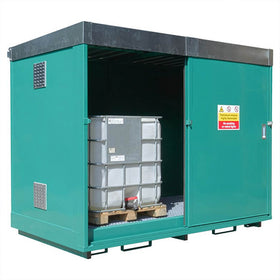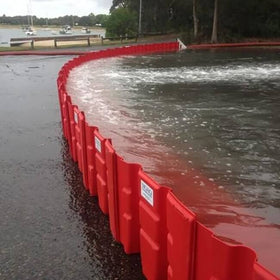Blowout preventer reaches NASA facility
Investigations continue into the Deepwater Horizon oil spill disaster that killed eleven workers and spilled over 200 millions of gallons of oil into the Gulf of Mexico.
In a bid to determine why the blowout preventer failed, BP have lifted the 300 tonne device from the seabed and taken it to a NASA facility for analysis. The blowout preventer should have stopped the explosion and hence the leak.
The device was lifted from the seabed and carried on the deck of the Helix Q4000 before being transferred to a barge. From there it was taken to the testing facility in Louisiana for further investigation. Tests are ongoing.
The blowout preventer is seen as a key piece of evidence in apportioning the costs of the disaster.
In response to the 193 page report BP produced on the disaster, Transocean said it was due to
“BP’s fatally flawed well design”.
The cleanup operation is still ongoing in the Gulf, with skimming and spill containment booms still in place. The United States Travel Association are worried that the consequences of the spill could be worse than expected, with an estimated $23 billion dollars lost in tourism revenue over the next three years.




